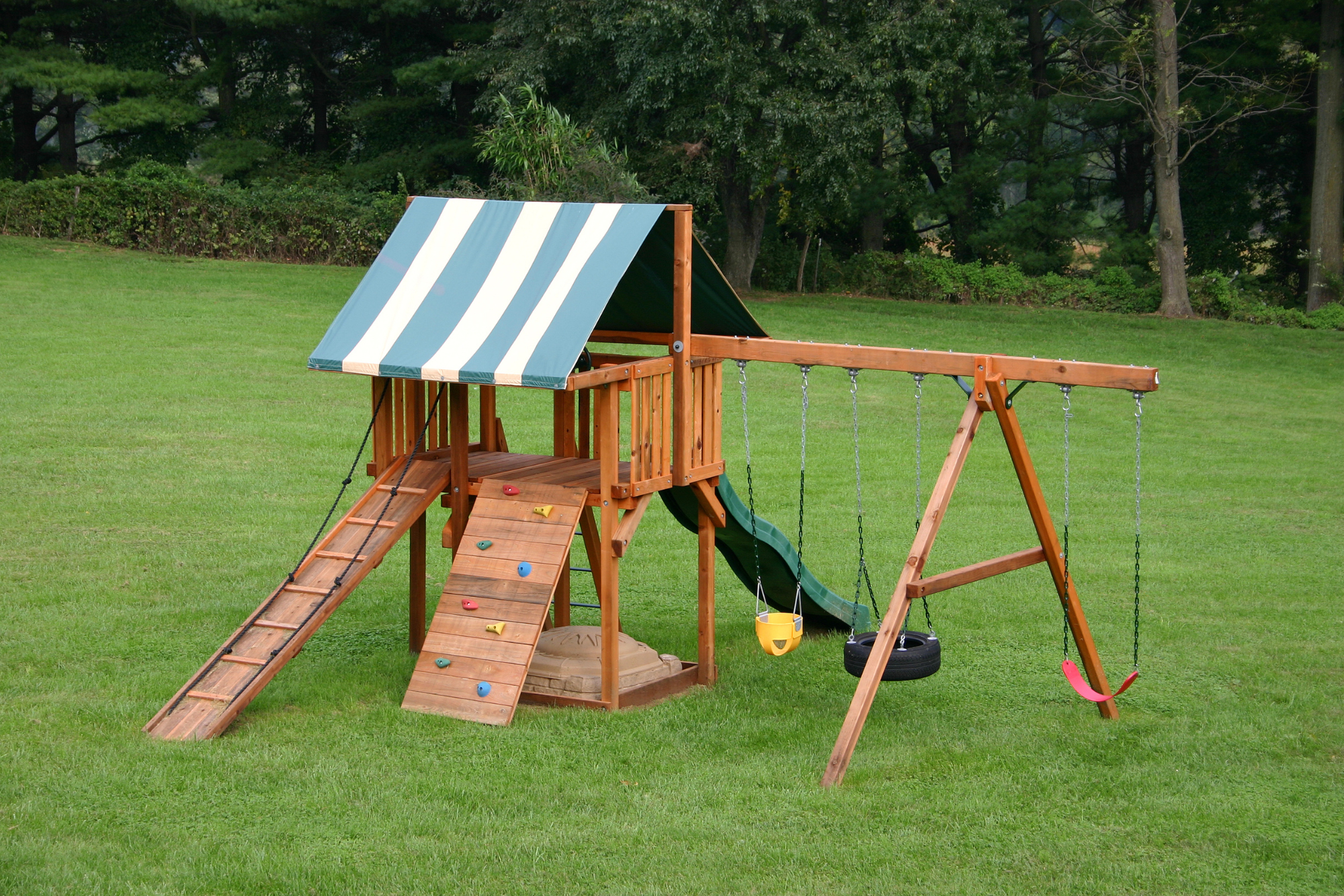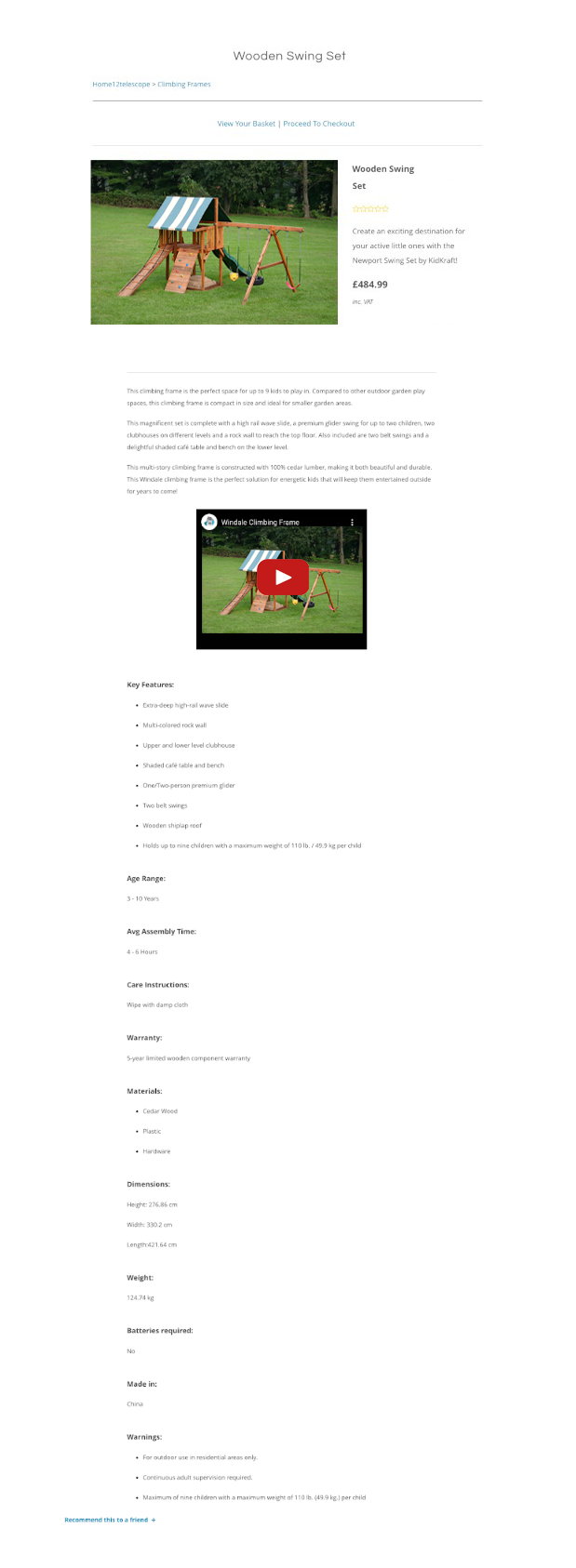Blog > How to Write an Effective Product Description

You have filled your store with gorgeous products, you’ve taken pictures to showcase them and you’ve written a little bit about each; yet for some reason, sales are quiet and traffic is low? If there was one thing that you could do today to improve the performance of your ecommerce store, the answer would be to improve your product descriptions.
The impacts of a well put together product description are twofold:
Firstly, your product information is an opportunity to sell to your customer and excite them about your items. Without the luxury of being able to touch or try your products, it’s vital that you give your visitors all the information they need to make an informed buying decision so that they’re excited to purchase by the time they’ve finished reading.
Secondly, search engines love information. What’s more, they love specific and detailed information that helps them identify exactly what is on a page. Your product information is your opportunity to feed them everything they could want to know about your product. Naturally, this will help you to gain more visibility in search results.
As an experiment, search for any of your products in Google and look at the first three of your competitor’s results that come up. What should they all have in common? Detailed product descriptions. (If not, lucky you! Time to optimise your product description to reach that top spot if you’re not already there). In fact, in many cases, the item descriptions on the top results read more like a blog than an overview of their product.
Getting your products the attention they deserve could be just a few steps away and we’re going to guide you through how you can set up product descriptions that get items found and sell for you time and time again.
Step 1: Keyword Research
Whenever you’re looking to optimise a page for the search engines, your journey should always begin with keyword research and your product pages are no exception.
You have to know how your customers are searching for items like yours and match your product title and description to that exact language.
Let’s take KidClever for example. Here is an item that needs to be listed:

There are numerous different ways we could refer to this item; play set, climbing frame, adventure playground, swing set…
But how are KidClever’s potential customers searching for this item? What would they call it and where would KidClever be most likely to show in search results?
After some investigation, it’s found that “Climbing Frame” is the search term people use to find items like these and that KidClever would be most likely to rank for, so we’ll be sure to use this in our title along with some other descriptive words.
This first step is vital in helping your items to show up in all the right places. Even if you’re almost certain you know how people are searching for an item, it’s worthwhile checking. You may be surprised and turn up some excellent search terms you might not have considered.
Read our guide on Keyword Research >>
Get our free Keyword Research Template >>
Step 2: Competitor Research

At the beginning of this article, we suggested looking at your top 3 competitors in the search results. This practice should also be a part of your regular writing process for any piece of content - especially product descriptions!
When you’ve found the term you want to rank for, put that into Google to find out who’s already ranking where you would like to. The results on page 1 have provided Google with exactly the kind of information they would like to see in order to rank where they have.
Note: Be sure to avoid the ads at the top of search here. The most valuable insights will come from the top organic search results.
The key here is to determine exactly what information you should be including about your product and determine how you can provide more useful detail than the competition. Not only is this great for ranking, but it’s also going to help your customers make informed buying decisions and save you time responding to queries.
From looking at the page 1 results for our search term, we can see that our competitors are writing a 100 - 200 word description of the product and then adding a list of key features, materials, warranty information and more. We could improve upon this by adding a video and a more in-depth description along with any additional key headings that could be appropriate to the product.
Step 3: Structuring Your Product Description

Now that you have an idea of what your competitors are talking about on their product descriptions, you can begin to implement these into some form of structure. If you have similar products, this structure will also work really well as a template that you can replicate across these products.
Structured product layouts are incredibly useful for your customers as they browse and quickly pick out the information they are searching for. Not only that, but search engines also love structured information that helps them to understand the context of a page.
We recommend creating a main section to describe and pitch your product to your customers, a video if possible and then any other useful key points such as sizes, features, weight and more listed as subheadings underneath.
Step 4: Writing Your Product Description
You have your research and you have your structure; all that is left to do now is to fill it in with content! Below is the finished example of our KidClever product.

Here are some key points to make note of when writing your product descriptions:
Don’t Duplicate Manufacturer Descriptions
If you sell products from a manufacturer, they will most likely have a product description that you could copy across to your website. We strongly recommend avoiding doing this. Not only does it appear suspicious to search engines that you have the same content as other sites, but a large portion of your competitors will be doing the same. You have an opportunity to get ahead by creating something different and being unique.
Know the Audience
When writing anything, you will want to think about your audience so you can best connect with them and speak to them on their level. What age group are your buyers? What type of people are they? You will want to tailor your copy to target them specifically. You may also want to reflect the tone or style of your business in your descriptions. Different products may have different audiences so make sure you're clear about each as you work through.
Be Specific
When a customer can’t pick up and look at your products, the details count so much more. All your measurements should be precise, but it’s not just the numbers you need to think about. Your choice of describing words should be as reflective of your item as possible. Try to avoid using terms like “great” or “high-quality” as when online, these terms can be vague or misleading, plus everyone else will be using them too! Instead, replace those words with what makes your item great or high-quality. For example, when describing the timber that the climbing frame is made of, we could replace “High-quality timber” as a selling point with “100% Cedar Lumber Sustainably Sourced”.
Use Related Keywords
From your initial research, you will know what keyword you want to optimise your page for and this should be included in your product title. However, throughout the rest of your content you should be careful not to use this keyword in excess as this can be considered a spam signal by Google. Try to use related keywords as this helps Google to understand the context of your writing better and will also maintain the flow of your description for your reader. In the example, the keyword we used was “Climbing Frame” but we could also use terms like “Outdoor Playset” or “Swing Set” where appropriate in the main description.
Include USPs
You should look to include at least one unique selling point that distinguishes your product from everything else available. Whether it’s how your product is made, a special offer, a company promise or anything else you can think of. You know your product best and you should aim to make your customers aware of any extra value you offer over your competitors. Not only does it help you to convey value to your customers but again, it could help you show up in search results for people looking for that exact value that you offer.
Consider Content Length
There is no strict way of knowing exactly what the right word count is for whatever you’re writing about. Instead, you should only write what you need to in order to effectively convey your message. This means that you should leave nothing out and you shouldn’t waffle on to reach a word count. As a guideline, we’d recommend 300 words as a minimum.
Want Your Own Website?
Start Building Today!
No credit card needed. By submitting this form you agree to our T&Cs and Privacy Policy.
Step 5: Repeat
After following these steps you should have a well-considered and powerful product description that will help get your item found and convince shop visitors to become buyers. However, optimising product descriptions to be the best they can be is a process that happens over time.
This means revisiting your descriptions every once in a while. Over time, you should start to acquire useful data that you can use to improve your pages; be that over a month, a quarter or any such interval that works for your business.
Google Search Console can help you to discover data such as how many people are finding your page in the search results, which terms they are searching for when they see your page and how many of them are clicking through to visit. This can be helpful for understanding whether or not any changes you make to your descriptions have had an impact on your ranking and which products you should prioritise revisiting to improve your results.
Google Analytics can help you track the behaviour of people that visit your page, such as how long they spend on a page, where they go next and if they left your website. Using this, you can see how people engage with your content. If you notice you have a high bounce rate or the time spent on the page isn’t as long as you would expect, these could be indicators that someone hasn’t found the information that they’re looking for and work needs to be done to help these visitors.
Getting used to assessing your product pages with these tools will help you to develop a process continually improving your website over time. With such a focus towards improvements to your product descriptions, you will see this reflected in the results these pages produce for you over time.
We hope this advice has your creative writing juices flowing and you're now raring to write about your products. If you have any fantastic writing tips about creating successful product information, please share them below!



